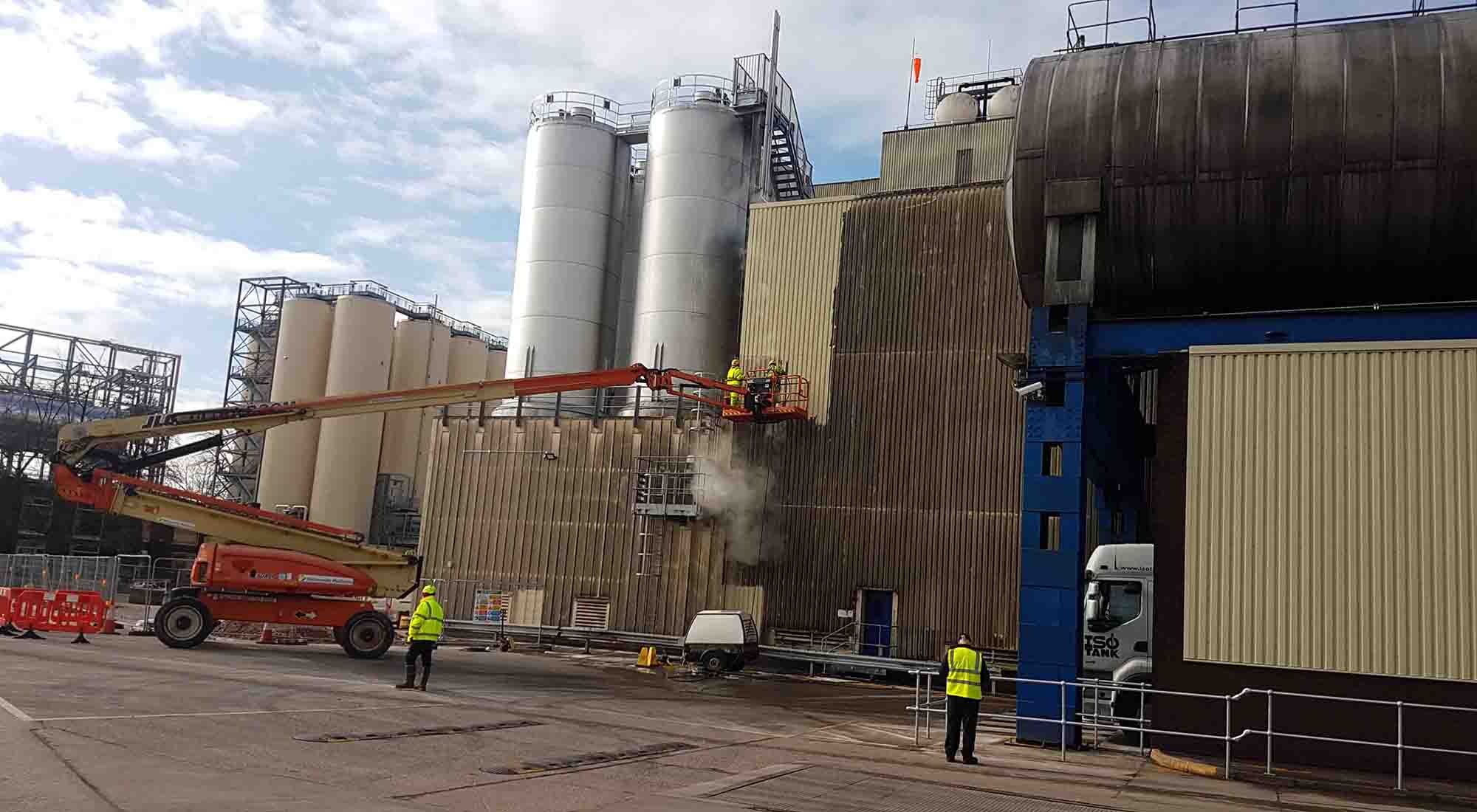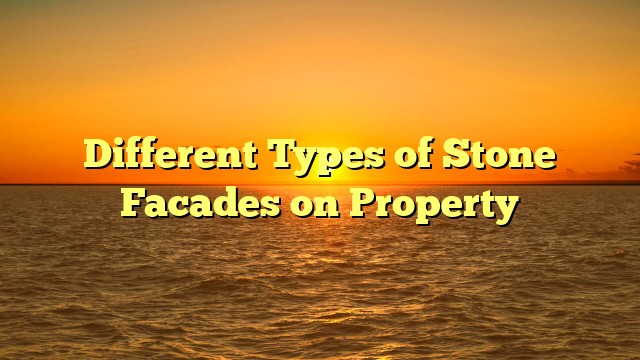Different Types of Stone Facades on Property
If you’re thinking about building a stone facade for your property There are many options that you may want to consider. They vary in cost in terms of durability, durability, texture and finish. Learn how to select the best option for your home. Here are some options: Brick, stucco and natural stone.
Durability
Natural stone is an extremely durable, fire-resistant material that can boost the value of the property. It also requires minimal maintenance and doesn’t require painting or expensive siding. Another benefit of natural stone is its greenness. Stone’s thermal mass offers natural insulation and helps eliminate the fluctuations in temperature that occur every day.
Although the majority of stone facades are built to last, there are some exceptions. Anomalies in natural stone may affect security and durability, and may require repairs. These issues are usually due to design flaws or environmental factors. Bowing, which refers to the deflection of a stone slab is a good example.
Cost
The cost of stone facades for property is contingent on many factors, such as the size of the project and the type of stone used, and the type of installation. Because the material is so expensive, homeowners typically choose stone for only the front of their houses. The stone is beautiful however it can be heavy. Therefore, the foundation of the front should be strengthened. Underpinning is an ideal solution to this problem because it allows the base to be extended and strengthened, strengthening the overall structure of the building.
Incorporating stone veneer accents into the exterior of a house can make it appear more attractive. These accents can go on the walls, doors and windows, and can be used to cover support posts on the front porch. Stone veneer’s price can vary widely, but it is generally cheaper than natural stones. It can be put on almost any surface, including uneven terrain and is more flexible than natural stones.
Texture
Stone facades in buildings can add a great deal of aesthetic value to properties and can offer practical benefits. Stone can be used to protect buildings from extreme weather conditions and improve their resistance to temperatures that fluctuate. There are a variety of stone that can be used to construct the building’s facade. A building owner has to decide which type of stone they want to use when deciding on the facade material. Apart from selecting the most visually appealing material for the facade one must also consider whether the stone is inexpensive to purchase and maintain.
Specialty dealers can sell stone products. However, it’s not typical for large retail stores to have large slabs of stone siding. This kind of stone siding is generally reserved for the wealthy. Natural thin stone veneer is another option for homeowners. This siding is cheaper than stone.
Final
A variety of factors will affect the appearance of stone facades on your property. The type of stone used is the most important. If your home is constructed of natural stone, you could choose a stone that is softer than natural stone. This is called a “face stone”. To keep from chipping, finish the stone on the opposite side.

Sandblasting is the process of removal of air and sand from the surface, resulting in a dull, non-glossy finish. The finish can vary, based on the stone’s texture.
cladding cleaning are a popular kind of facade for buildings. There are a variety of ways to construct them. Cement is most commonly used to encase stones within walls. While cement is the most widely used method of encasing stone it is not always the most appropriate choice for stone walls.
Stone facades are a great option for homes that desire traditional appearance. They make a great first impression, and are cheaper than other materials. Because stone panels are light they can be moved and put in place easily. Stone veneers may need extra support for some natural stones, but not stone veneers.
